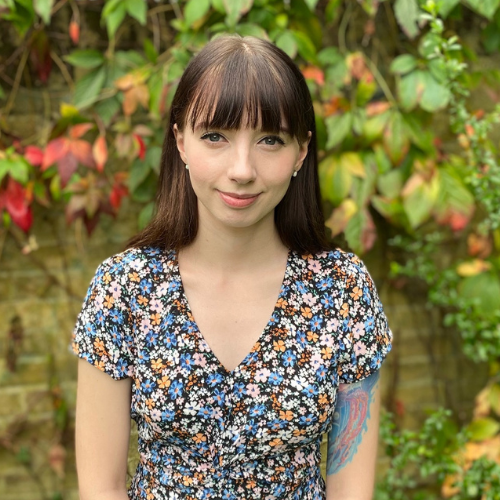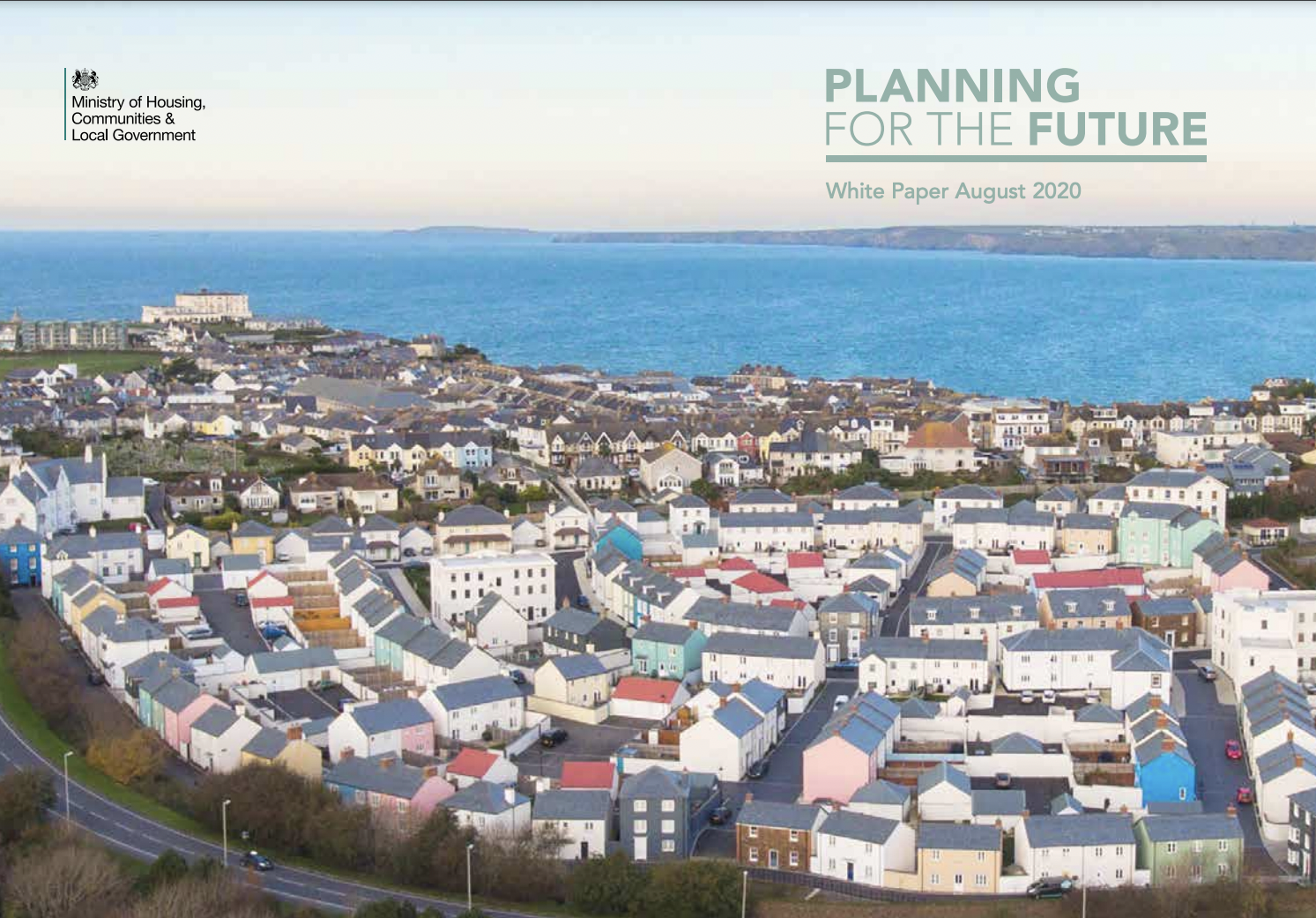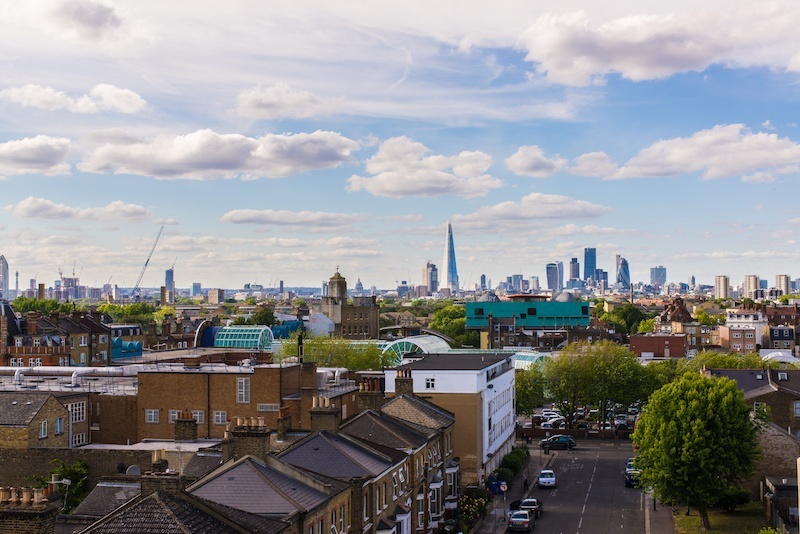The future of planning- An interview with Oliver Norman

By Charlotte Cooper | 09/03/22 14:51
5 min read
Our first webinar of the year had a panel of experts giving their thoughts on developments since the publication of the government’s ‘Planning for the Future’ white paper. Now we have Principal Planning Policy Officer at London Borough of Waltham Forest, Oliver Norman, here to give his thoughts on the paper and his own experience with the digitising of planning in his own borough.
The Planning for the Future white paper set out a bold vision: rapidly increasing the use of digital tools in the planning sector so the average citizen can more easily get involved in shaping the places they live, work and play. That was back in August 2020. Now over 18 months later- it’s time to see how much of this vision has come to fruition. On top of our own webinar on the subject, we’ve also had the pleasure of speaking to Oliver Norman who’s here to give his own take on how things have progressed since then.
Take it away Oliver!
Hi Oliver. So tell us, what are your thoughts on the Planning for the Future white paper?

I really liked the way that the white paper proposed such wholesale reform to the planning industry, proposing fairly large changes to how we do consultations as well as the procedural elements of plan-making. It presented planning as something that local people would buy into more. Us (and probably all local authorities for that matter) want as much local input as possible so that the decisions we make can be as representative and informed by local views as possible.
However, I feel like the changes the white paper proposed are quite radical, with a lot of the concern around the paper coming from how plan making could feasibly be changed in order to facilitate this enhanced version. For example, are we now prioritising speed at the cost of deeper and perhaps more meaningful long term engagement? That’s something that we struggled with when we were trying to get to grips with what the white paper meant for us as a borough.
There was a lot of support for digital engagement already because of the shift in technology the pandemic caused, so when the paper was release in August 2020 we had the tools to set up our own online consultations. However, from a purely planning perspective, behind the paper’s goal of digital transformation was this larger goal of really changing how the planning system works. So for planners, that idea was kind of an affront, but we were still very positive about how that change might affect us.
What kind of digital change does this mean for the planning industry?

We fully support the aspirations to create a more meaningful engagement between citizen and planner, but it’s still a tricky idea to accomplish fully. Figuring out what people want from the planning system is already a little difficult- they don’t just want to be able to voice their views, they want their own ideas to happen too. With these competing ideas, just getting responses from people isn’t the whole story.
We’ve seen this in many of the consultation events that we’ve already run. For example, when we needed to run some regulation 19 consultations, the required forms really limit people’s responses because they’re very technical and have a very legalistic framing of the issues. I don’t think the white paper’s framing of ‘let’s get this all done quicker and engage more with plan-making’ helps as much with issues like that.
I fully support that it will head off some of the issues that come down the line in planning, however it’s a significant challenge to change the opinion of the nation about planning and actually get it on people’s radar in the first place. I think the London plan made some headlines but it’s sometimes hard to tell when you’re in the echo chamber that is planning itself. What we really need to do is change the public perception of what it means to actually be involved in planning. It’s all about creating a stronger desire to be involved in the place that you live and work. Obviously this won’t stop all planning issues and people will always have their reservations about any planning project, but getting people involved earlier may help mitigate that.
Tell us about digitisation in Waltham Forest
We’ve actually just closed our consultation that we did through the pandemic in January. We’re still in the analysis phase of that and we’ve found that people did want to engage with us online and ask questions. We normally go out and do roadshows around the borough and stand in street corners and have long form conversations. To me that’s often the most useful way of relating and is something I don’t think Zoom has quite replaced. People are used to being given an opportunity to speak in person and those online events can close down a conversation a little bit.
We did see a really strong number of people engaging on our website, but the tricky thing was trying to get a good representation of the different demographics within the borough. It’s a very diverse place and the strongest voice in this particular engagement was ‘male 35-50’. It’s a little bit disappointing and something we need to work on improving in the future as that is already the strongest voice in planning historically.
Moving forward, we’re going to think about how we present and market the platform i.e not just through the council’s Twitter. I think when combining that with physical events we get a better cross section of society and a blended approach is the best idea for the future. We found that even when we were doing events masked up and outside, people were still happy to come and converse with us. It also made us think about how we could best convey the content we were talking about through the online portals. How could we present our site allocations plan in a way that would get people interested?
Take a look at Waltham Forest’s engagement platform.
Before this kind of engagement was purely document based- the authority makes a PDF and sticks it on their website or another platform. I think trying to break it up into more of a website that people can view and navigate a bit better has translated into better comments about the specifics, instead of people making blanket comments about the whole plan. That’s more valuable in terms of encouraging actual positive change that can be made.
Digitalisation has made a lot of things easier in a number of ways. It lowers the barrier of exclusion and you can have conversations with more people much more immediately. We know that these digital tools aren’t going away any time soon, so we’re being very proactive in the way we do our online engagements. We also know that we’re always going to get entrenched opinions about planning whatever we post, but a lot of those problems that are stated to be about consultations often turn out to be underlying problems about the process and not something to do with the platform. The historical and the political context are driving opinions and must be considered, so we try to be as clear and transparent as we can with the information that we give them. You’ll never be able to make everyone happy, especially when you’re proposing things that not everyone might like.
Any final thoughts?
I’d really like to give a shout out to the report by Michael Batty and Wei Yang that we were a part of: A Digital Future for Planning, Spatial Planning Reimagined. If you give it a read, I think it prompts a lot of interesting questions about how all this digital transformation is quite fundamental in changing what planning can be. The critical point is that we shouldn’t JUST accept a digitised process but something higher.
If you’d like to catch up with our own digital planning webinar, you can access the free recording below! Find out what our experts had to say about how the white paper has done in the planning industry and what the future of engagement might look like.
.png)

